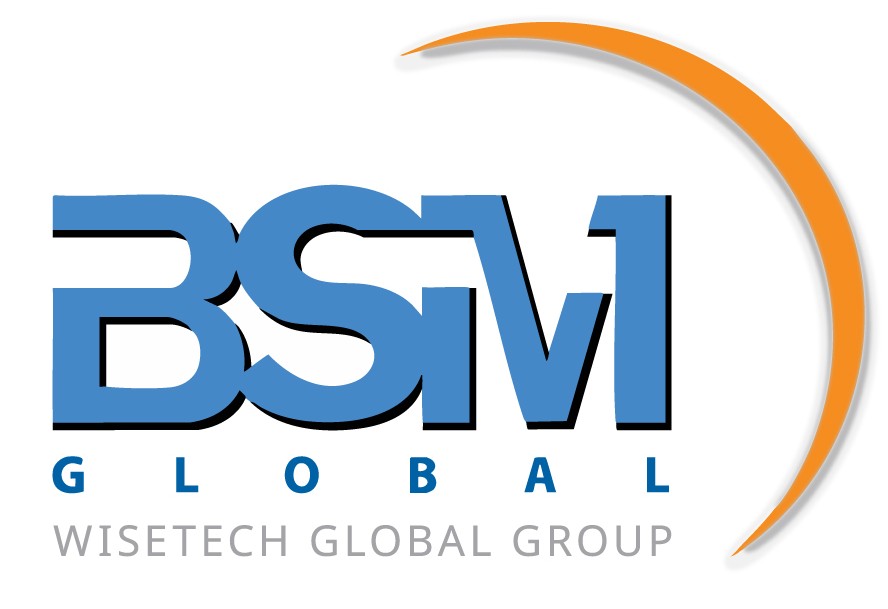3 Tips for Supply Chain Optimisation in Agriculture
Across almost every industry, organisations are beginning to identify new ways to create value across their supply chains by maximising their efficiencies and overall productivity. Oftentimes, one of the most effective methods to accomplish this is by employing innovative technologies to address common issues within the supply chain such as visibility and bottlenecks, which can help to further optimise a product’s journey at every stage of the value add process.
Read on to learn more about common inefficiencies within the agricultural supply chain and how suppliers can identify and overcome these obstacles with assistance from technological developments.
Tip #1 – Improve visibility across the supply chain
On a global scale, consumers’ demand for sustainability and increased transparency within the supply chain is drastically reshaping the agricultural market. In one study on consumer behavior, IBM found that 71% of consumers are willing to pay a premium for “traceability.” End-consumers’ interest in more sustainable growing practices and nutritional value content will steadily increase the overall cost of production. However, logistics transparency and increased visibility will not only offset this cost for suppliers, but will also help to better align products’ quality with this demand.
Visibility is not only a growing concern for consumers. Back in 2018 the Business Continuity Institute’s 2018 report on global supply chain resilience found that 69% of organisations agreed that they do not have full visibility into their supply chains. One traditional method for addressing visibility is by utilising journey mapping to clearly outline each step within the supply chain. This map helps managers to identify any potential gaps based on historical information as well as opportunities for improvement. Fast forward to 2020, more organisations are beginning to employ technology such as the Internet of Things, (including global trade management systems, GTMS) which the Journal of Food Engineering wrote will give managers the ability to monitor the entire life cycle of inventory in real time. This will give managers access to new, meaningful insights including storage temperature, microbiological information and other parameters of food and nutrition quality.
By first identifying which specific challenges are costing your organisation the most time and resources, you can then determine how to best improve your supply chain’s visibility.
Tip #2 – The cloud and agriculture
Digitisation of the supply chain using cloud-based technology can help to bring automation to time-consuming activities within daily operations such as planning, manufacturing and distribution. By introducing automation to these activities and combining the power of technology with industry expertise, Boston Consulting Group has found companies possess the potential to reduce manufacturing, warehousing, and distribution costs by 10-20% and working capital by 15-30%. Within the agricultural industry, specifically, this becomes especially crucial as cloud-based automation will allow for a quicker response to changes in global demand, supply prices and even international trade policies.
Tip #3 – Identify and address bottlenecks before they happen
Bottlenecks are one of the most common obstacles to overcome within any supply chain. This is the one activity in the supply chain that reduces the capacity of the entire process, which can lead to decreased production and overstock. While this can typically be pinpointed to one constant activity within your operation, this effect can also be brought about by irregular disruptions to the market, such as the unforeseen fluctuation of demand for agricultural products in the event of scenarios such as the global pandemic.
With advances in analytics and machine learning, not only can algorithms produce more accurate forecasting models than their traditional counterparts could, but they can begin to simulate environments with more complex data sets. By utilising the historical data from more standard years in the agriculture industry, as well as outliers such as 2020, predictive analytics can be utilised by managers to identify the potential for shifts in the market and resulting bottlenecks before they occur and plan their yield needs accordingly.
Looking toward the future of agriculture
With an increasing global demand for agricultural products resulting in a need for improved productivity throughout the supply chain, it is essential that the suppliers begin to identify the inefficiencies within their own supply chains, such as visibility and bottlenecks, and utilise the best method to address it.
Technology within the agricultural supply chain is rapidly evolving, and cloud-based systems such as BSM Global can help to optimise global trade and system processes by addressing some of the most common obstacles suppliers face. From simplifying the storage and retrieval of important historical documents such as certificates and compliance records to even facilitating the seamless exchange of data between partners throughout the supply chain, the cloud offers a wide array of solutions for even the most complex processes within the industry.
If you are interested in discovering new ways to optimise your organisation’s own supply chain or have additional questions on the application of cloud-based technologies, contact us today
0

